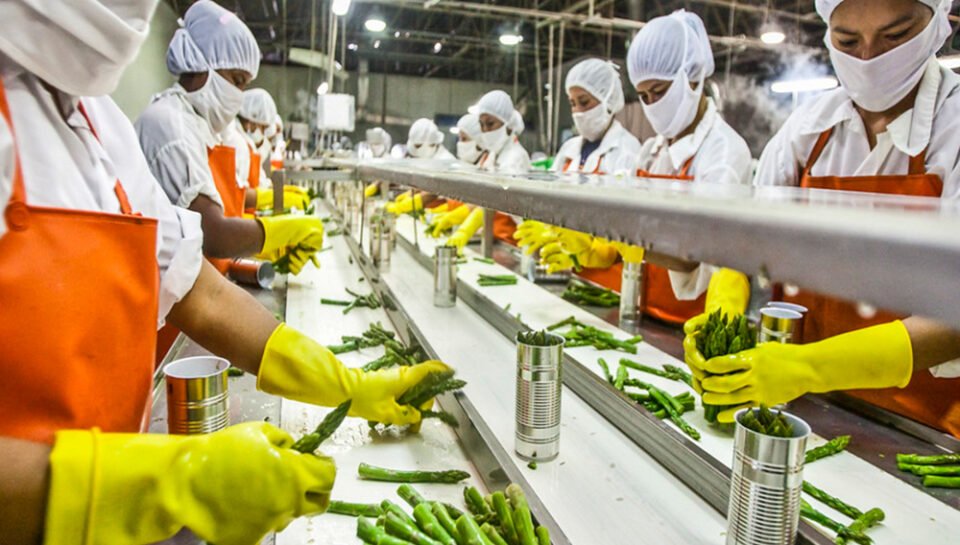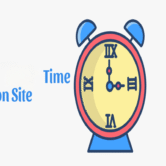
Briefly discuss the challenges of packaging design in the food industry.
INTRODUCTION
Packaging design in the food industry must strike a delicate balance between visual appeal, functionality, safety, and regulatory compliance. Unlike many other sectors, food packaging faces unique demands due to perishability, hygiene, and the need to convey trust and transparency. With increasing competition and evolving consumer expectations, food brands face a range of challenges when developing effective packaging. Here’s a brief look at the key challenges shaping packaging design in the food industry.
1. PRESERVATION AND SHELF LIFE
Food packaging must protect contents from contamination, moisture, air, and light to maintain freshness and prevent spoilage. Choosing the right materials and barrier technologies is critical, especially for perishable goods, frozen foods, or products with extended shelf life requirements.
2. REGULATORY COMPLIANCE AND LABELING
Food packaging must meet strict labeling regulations that vary by country. This includes accurate ingredient lists, nutritional information, allergen warnings, expiry dates, and safety certifications. Non-compliance can lead to legal consequences and loss of consumer trust.
3. SUSTAINABILITY PRESSURES
Consumers are increasingly demanding eco-friendly packaging. However, balancing sustainability with food safety and shelf stability is challenging. Biodegradable and recyclable materials often have limitations in durability or barrier protection, posing design constraints.
4. COST AND MATERIAL MANAGEMENT
Food packaging must be cost-effective for both mass and small-scale producers. Designers must work within tight budgets while ensuring durability, print quality, and functionality. Material shortages and fluctuating supply chain costs add further complexity.
5. CONSUMER CONVENIENCE EXPECTATIONS
Today’s consumers seek packaging that is resealable, easy to open, portion-controlled, and suitable for on-the-go consumption. Meeting these expectations without compromising food safety or increasing costs is a significant design challenge.
6. BRAND DIFFERENTIATION IN A CROWDED MARKET
The food industry is highly competitive, making it essential for packaging to stand out on shelves and quickly convey product value. Achieving visual distinction while maintaining clarity and compliance can be difficult, especially for generic or similar products.
7. TEMPERATURE AND STORAGE CONSIDERATIONS
Designs must account for various storage conditions—frozen, refrigerated, or ambient. Packaging needs to retain structural integrity and legibility in cold or humid environments, which limits material and print finish options.
8. MISLEADING VISUALS AND TRANSPARENCY ISSUES
Overly idealized images or unclear labeling can mislead consumers, leading to dissatisfaction or negative reviews. Modern food packaging must balance attractive visuals with honest representation to foster transparency and trust.
CONCLUSION
Packaging design in the food industry is a complex interplay of safety, sustainability, branding, and consumer expectations. Navigating these challenges requires innovative thinking, material expertise, and strict adherence to regulatory standards. Successful food packaging not only protects and informs but also builds trust and drives purchasing decisions.
HASHTAGS
#FoodPackaging #PackagingChallenges #SustainablePackaging #FoodSafetyDesign #LabelCompliance #ConsumerTrust #PackagingInnovation #FreshnessProtection #ConvenientPackaging #ShelfLife #EcoFriendlyDesign #SmartPackaging #FoodIndustryDesign #TransparentPackaging #FunctionalPackaging #FoodLabeling #PackagingRegulations #CostEffectiveDesign #FrozenFoodPackaging #BarrierPackaging #PackagingSolutions #OnTheGoDesign #FoodBranding #PackagingMatters #ModernFoodPackaging





